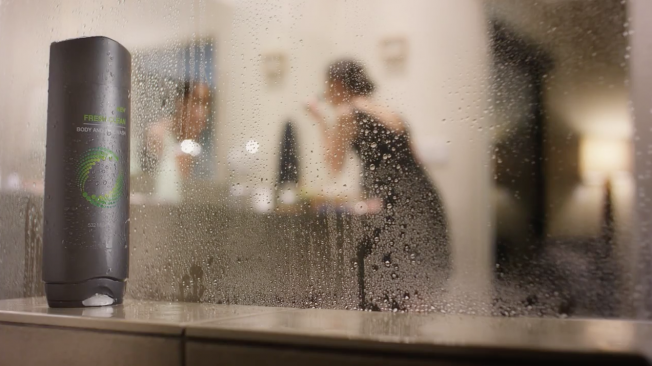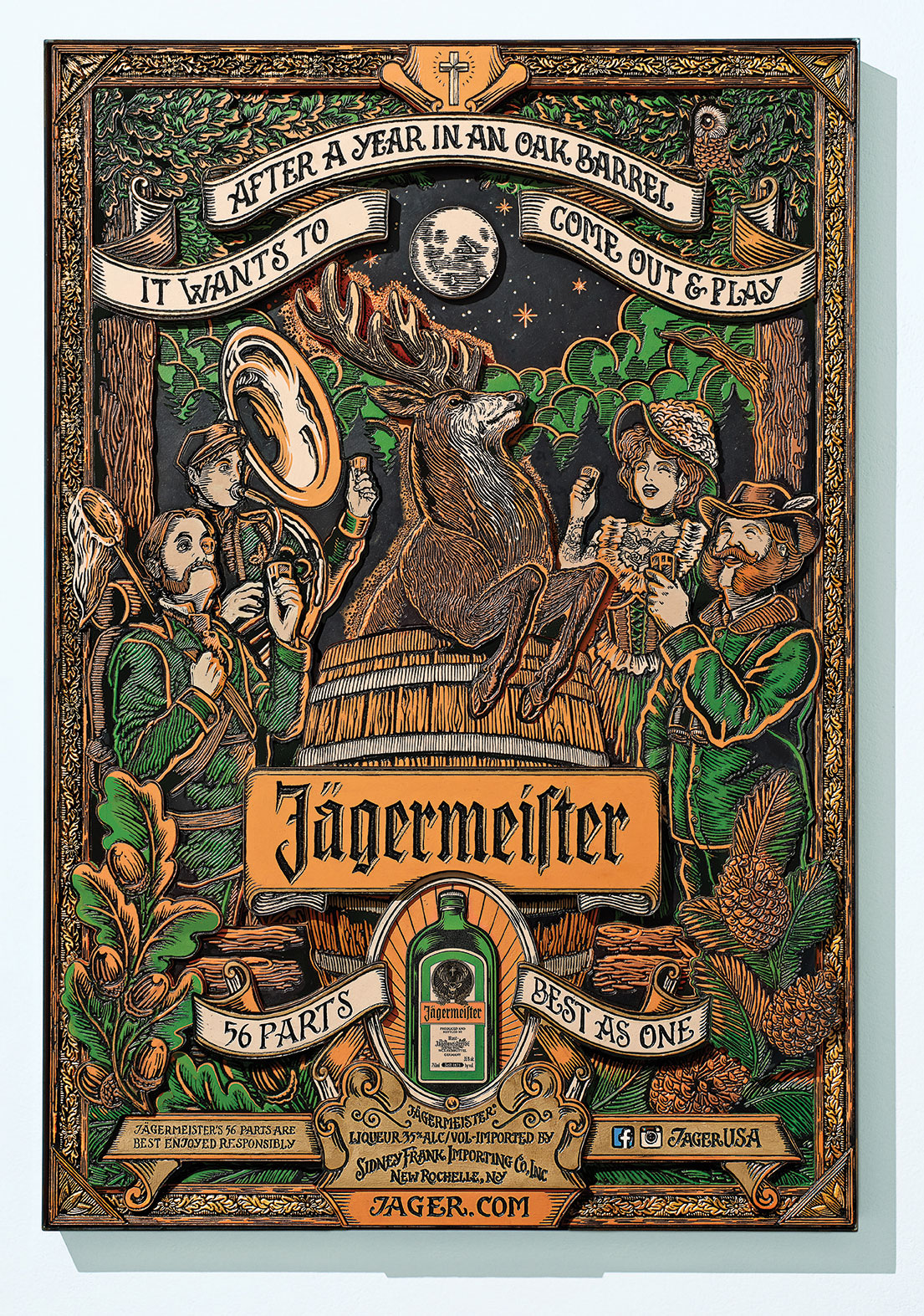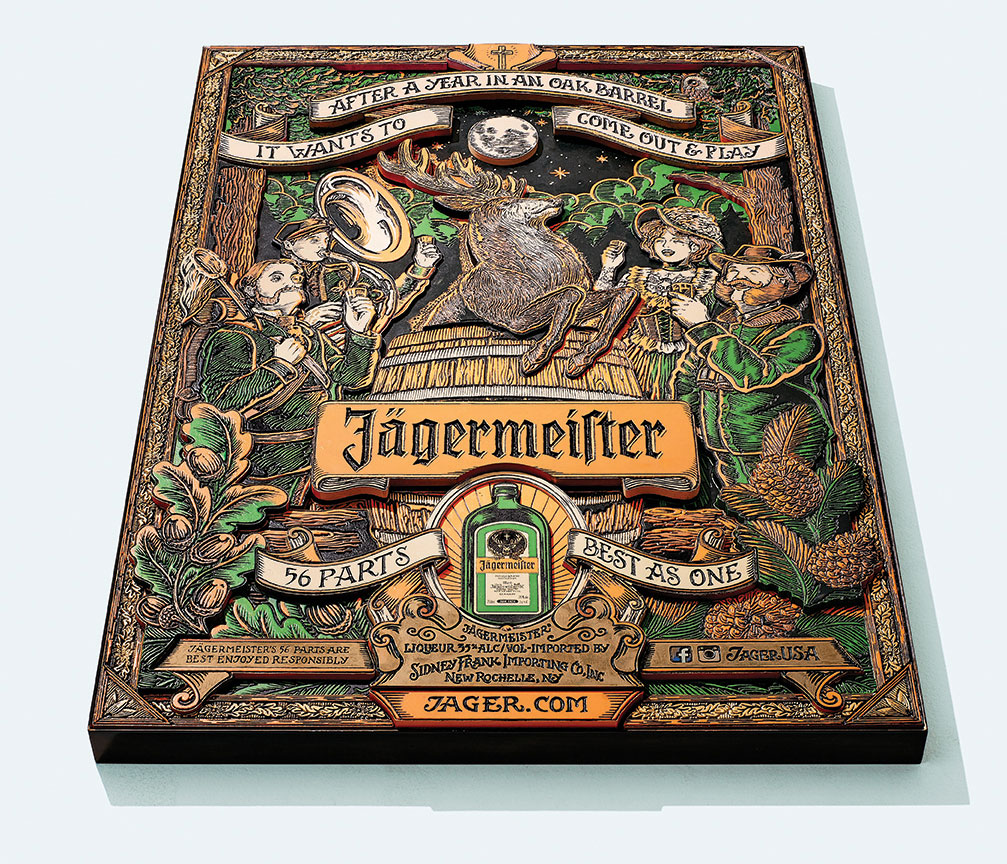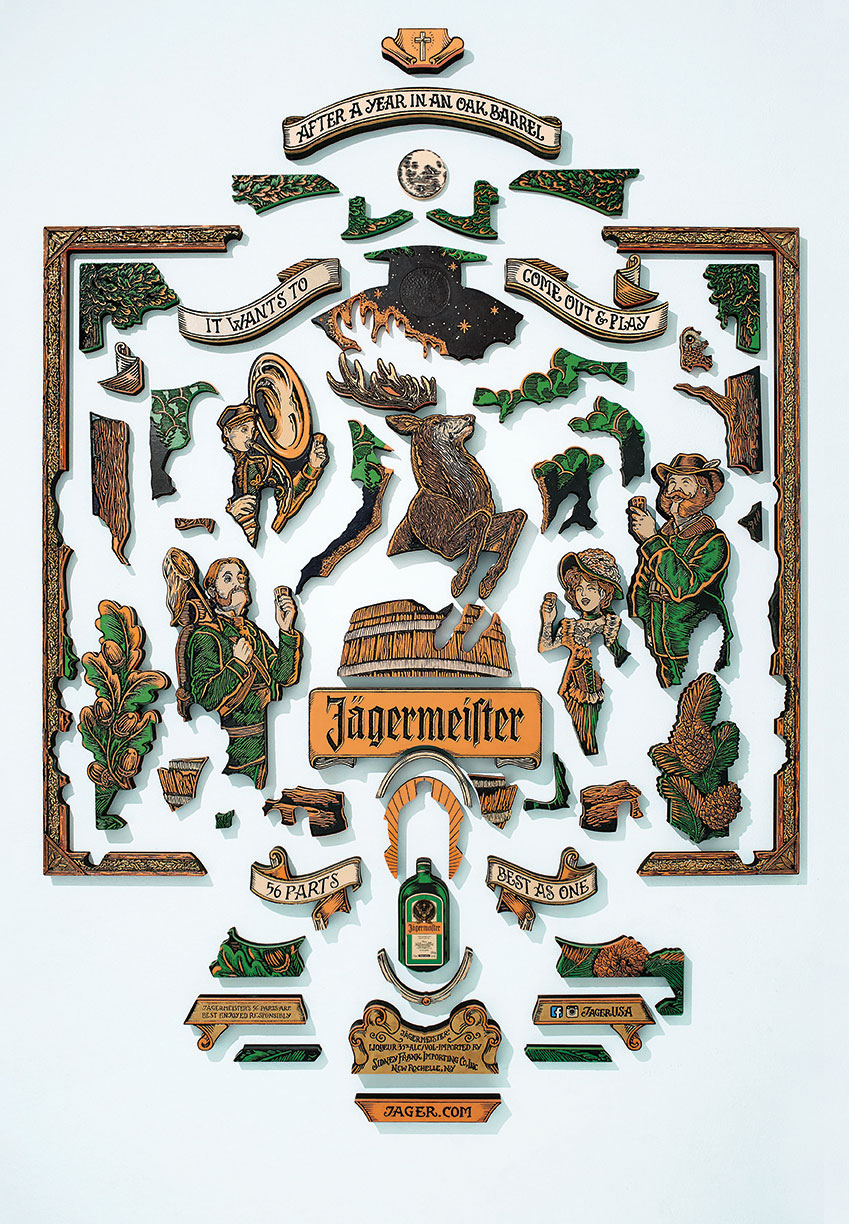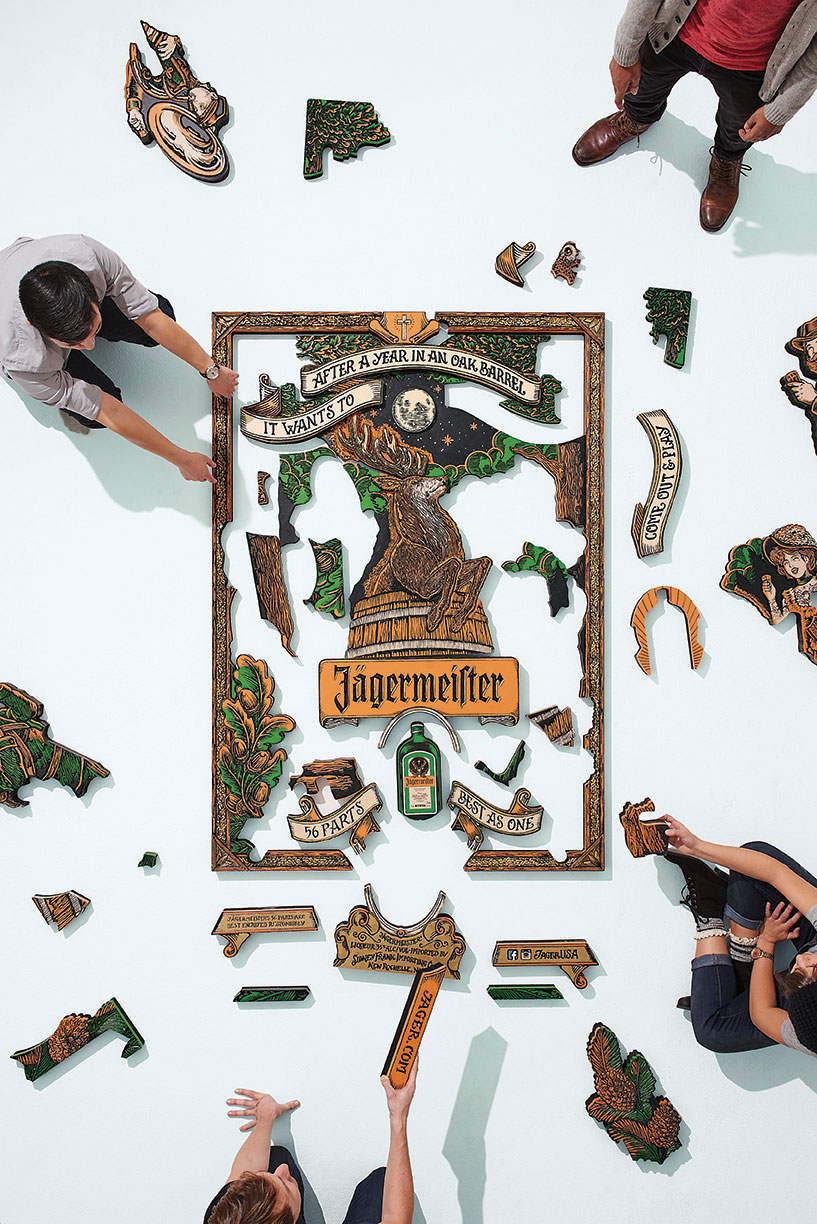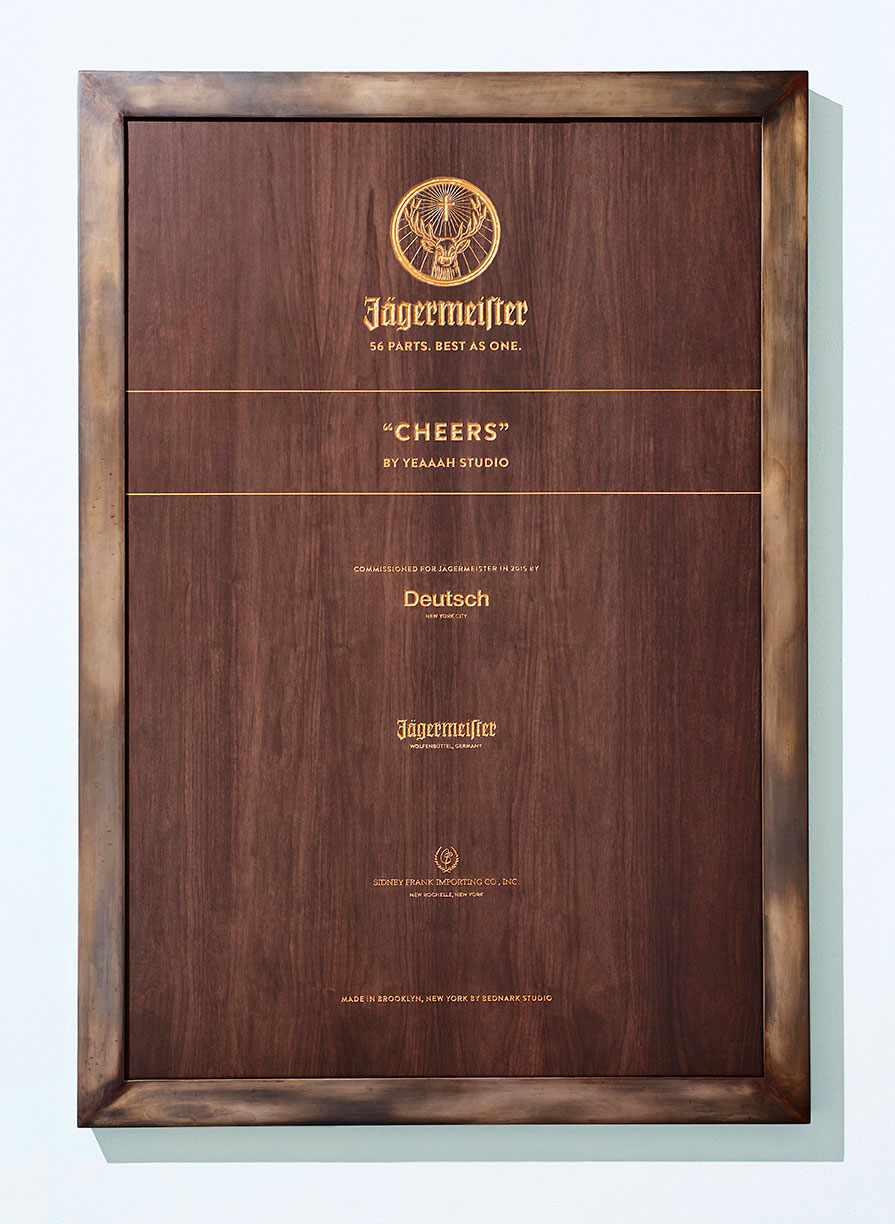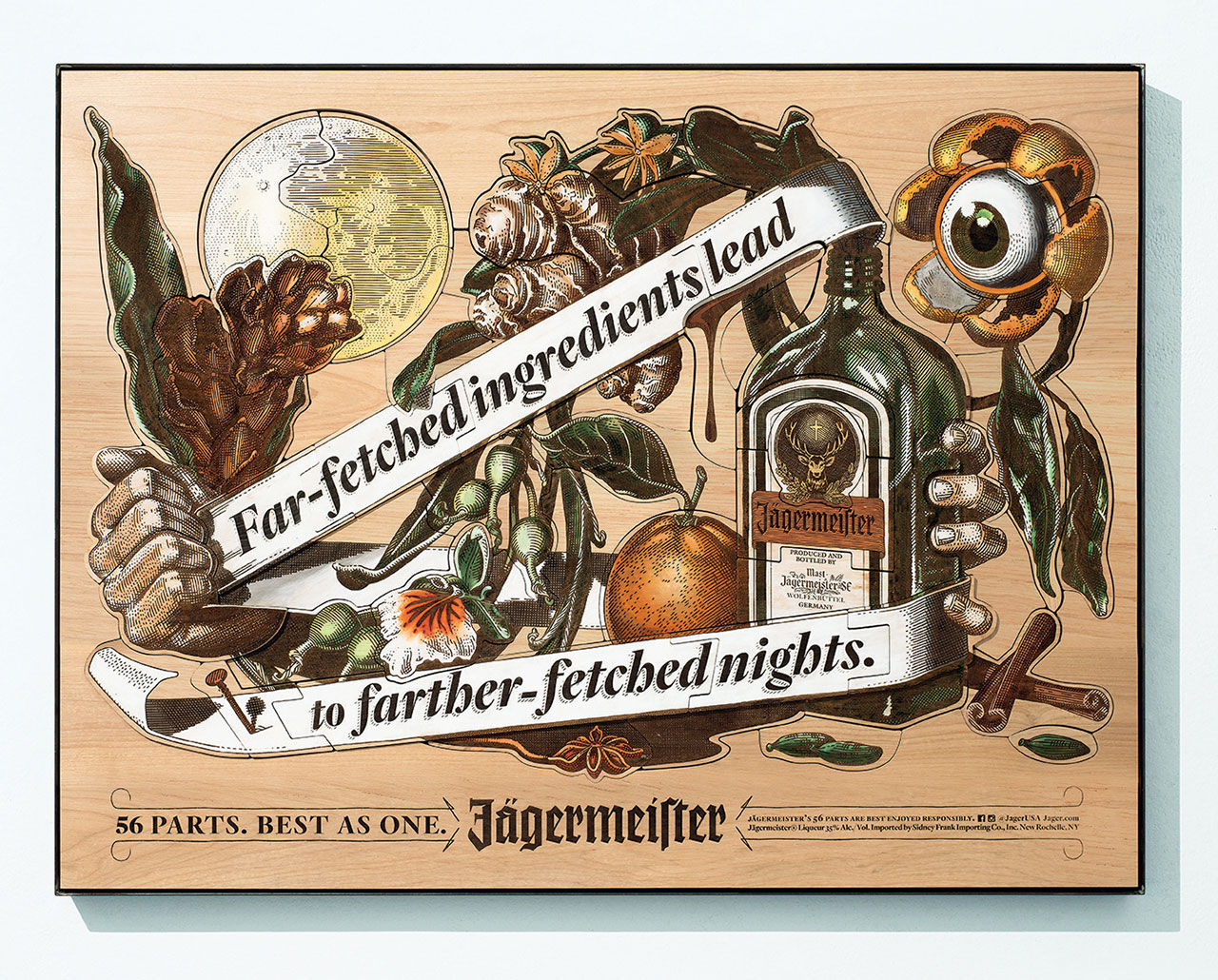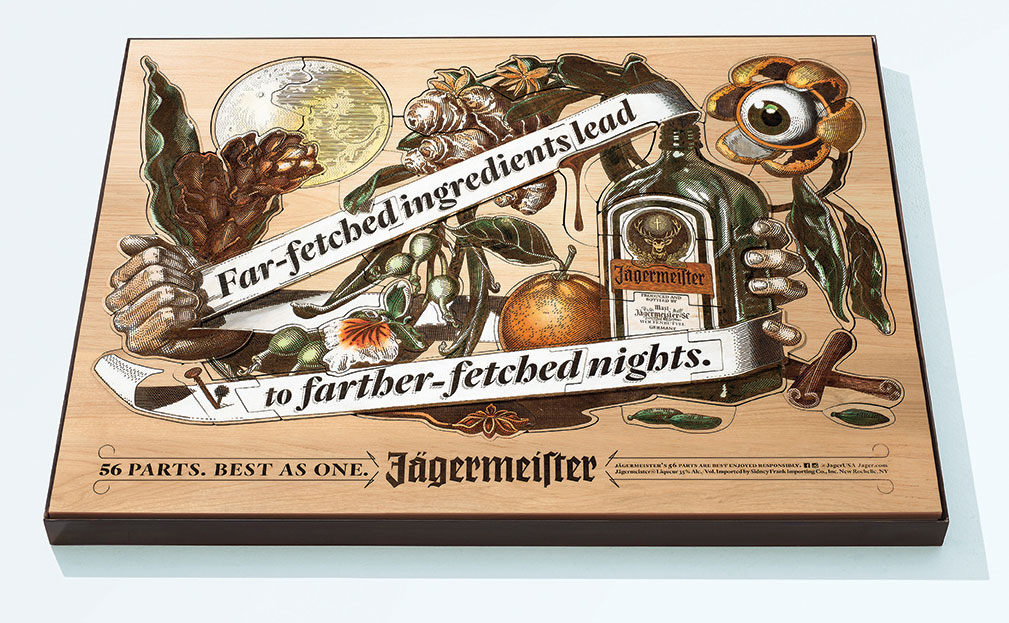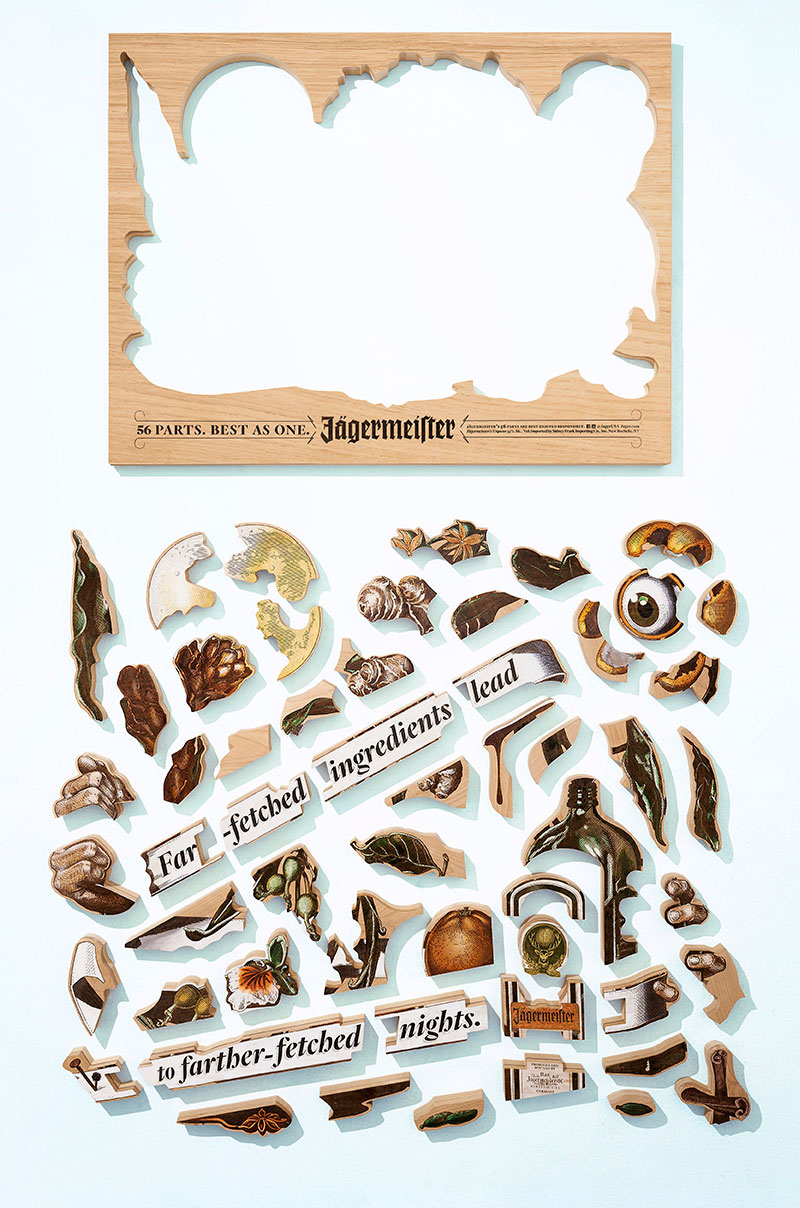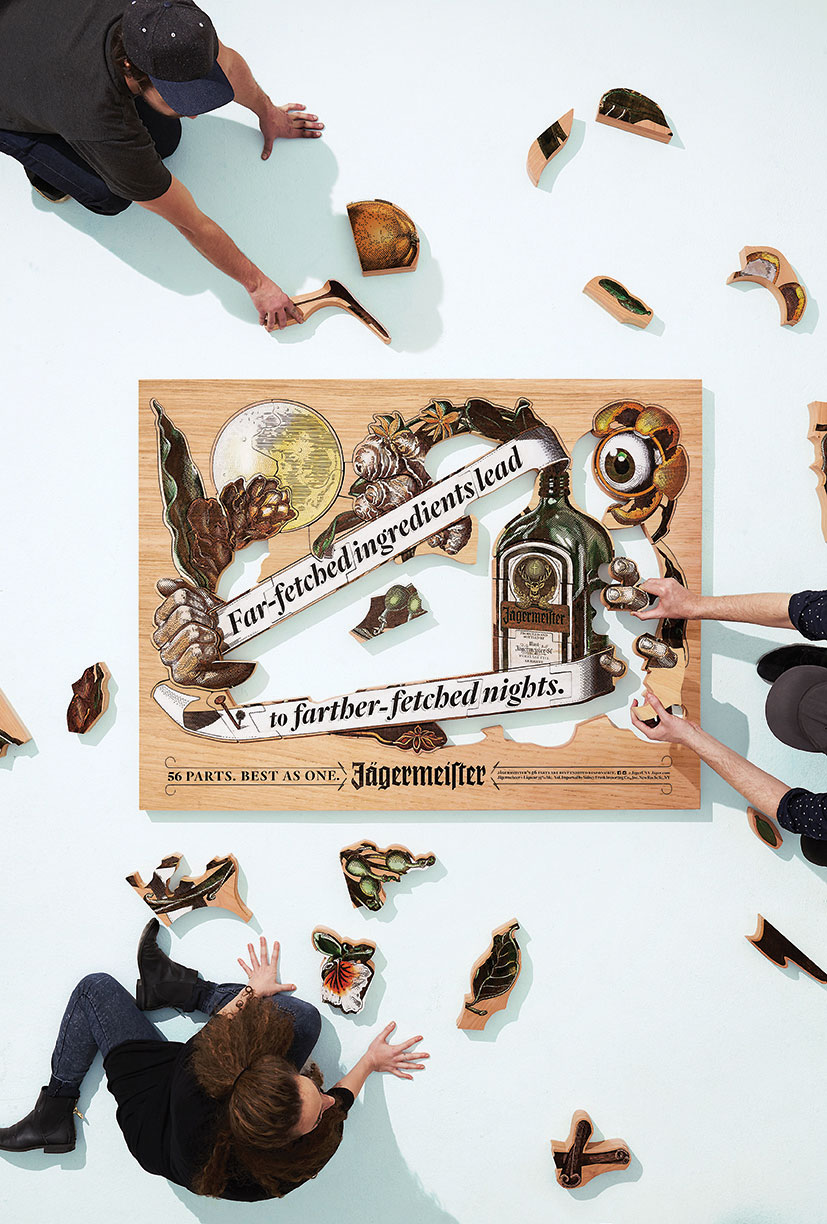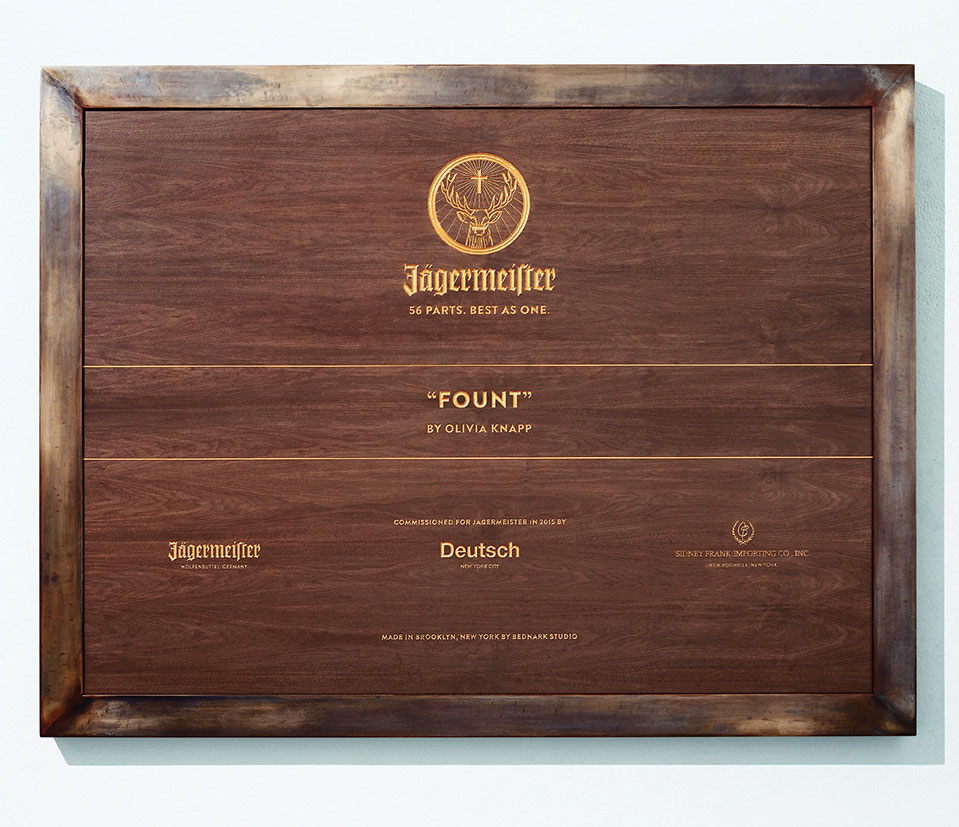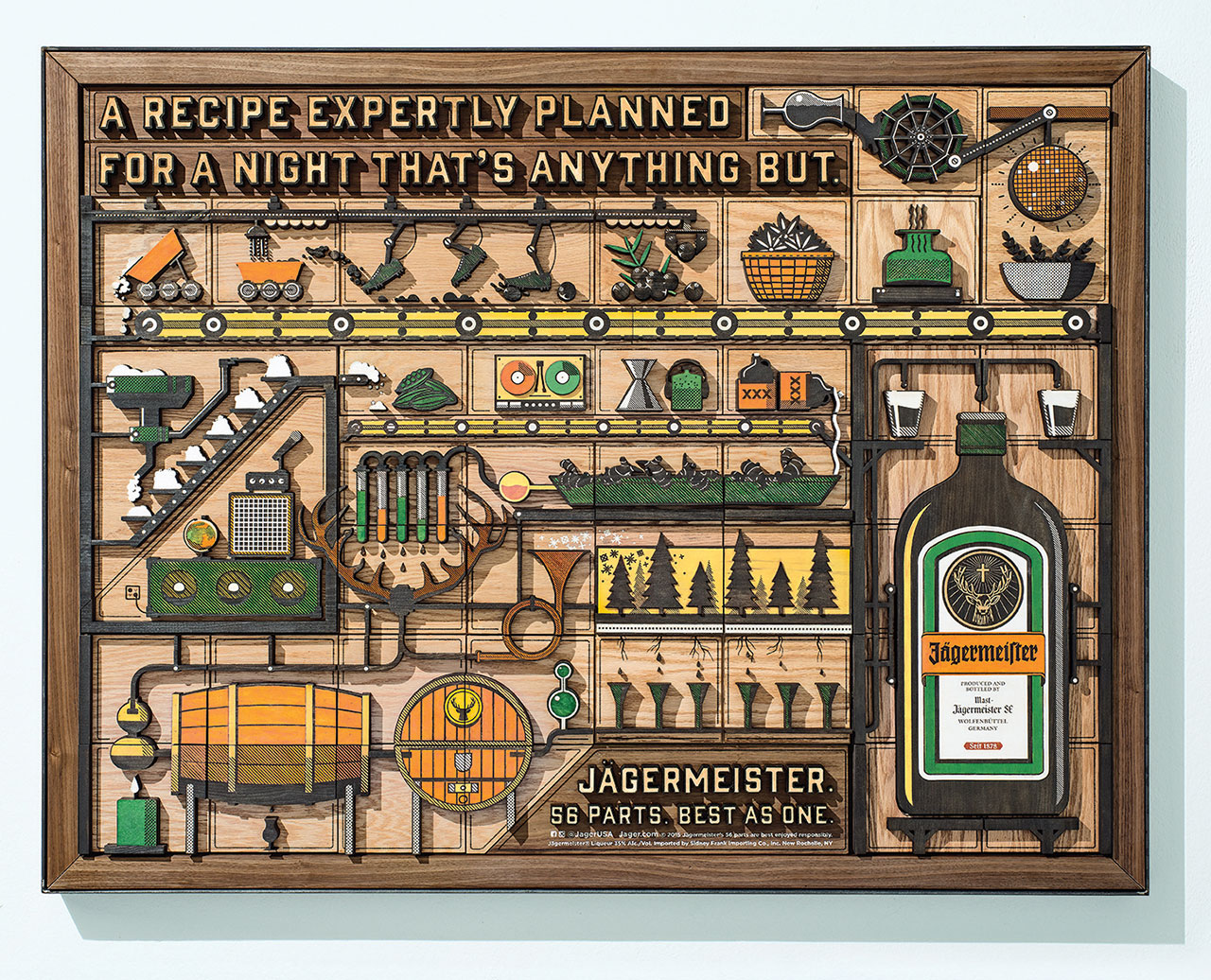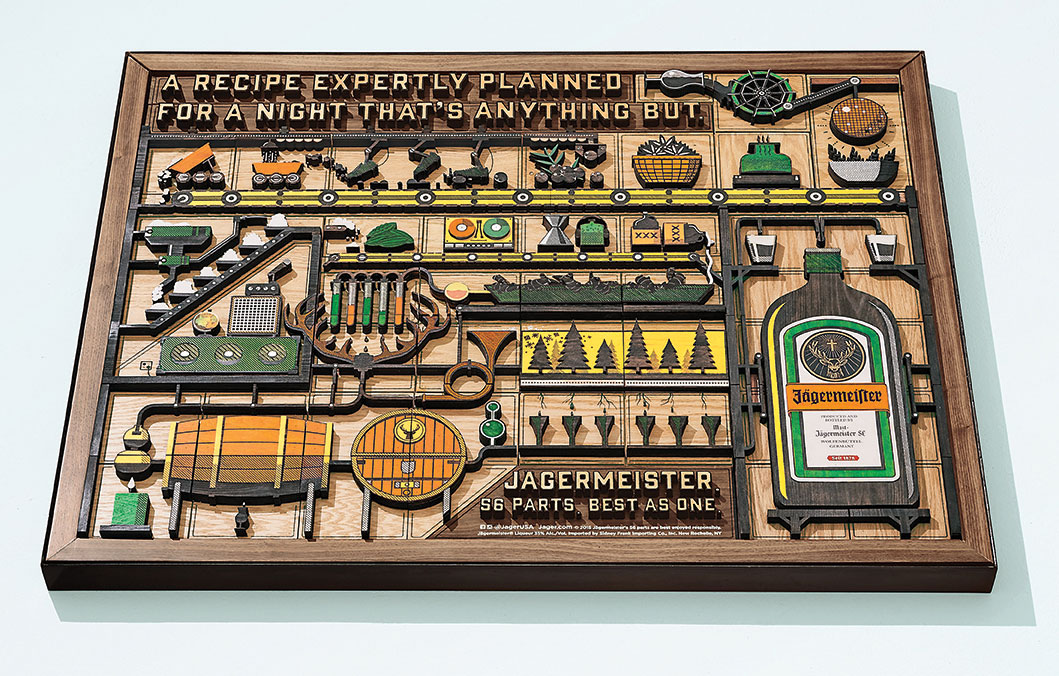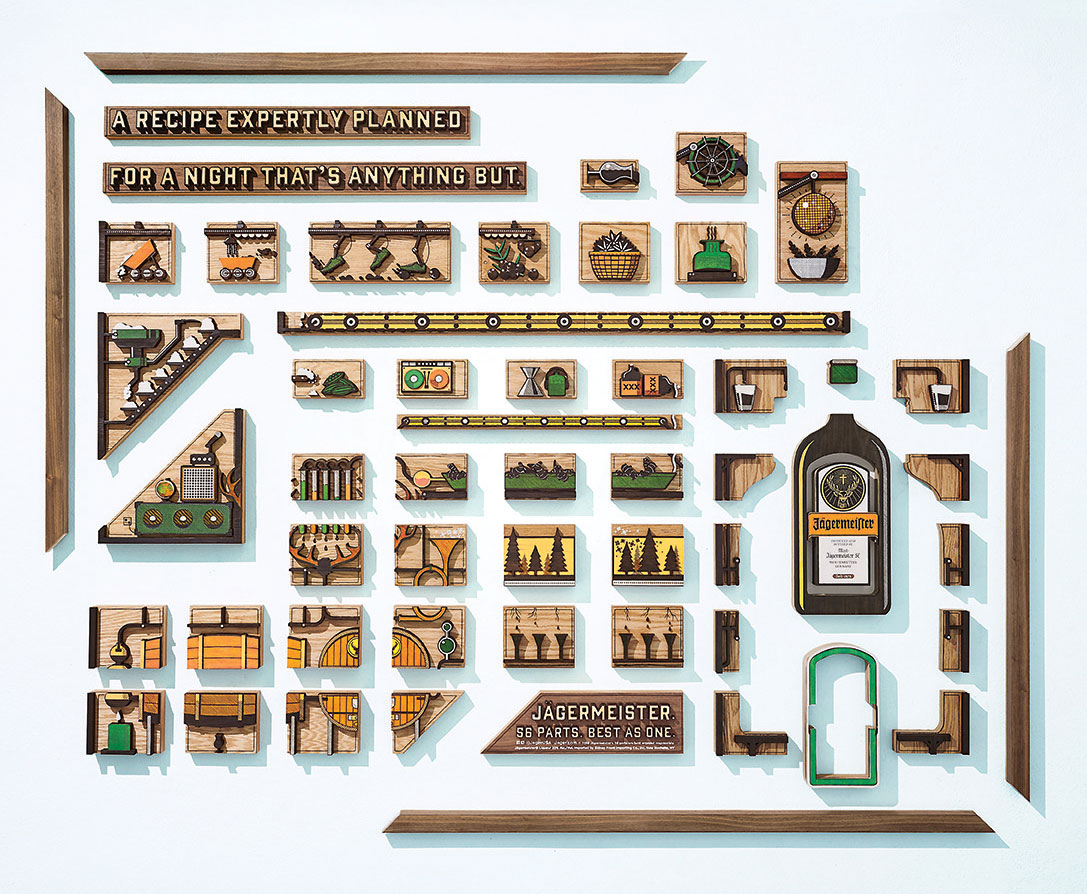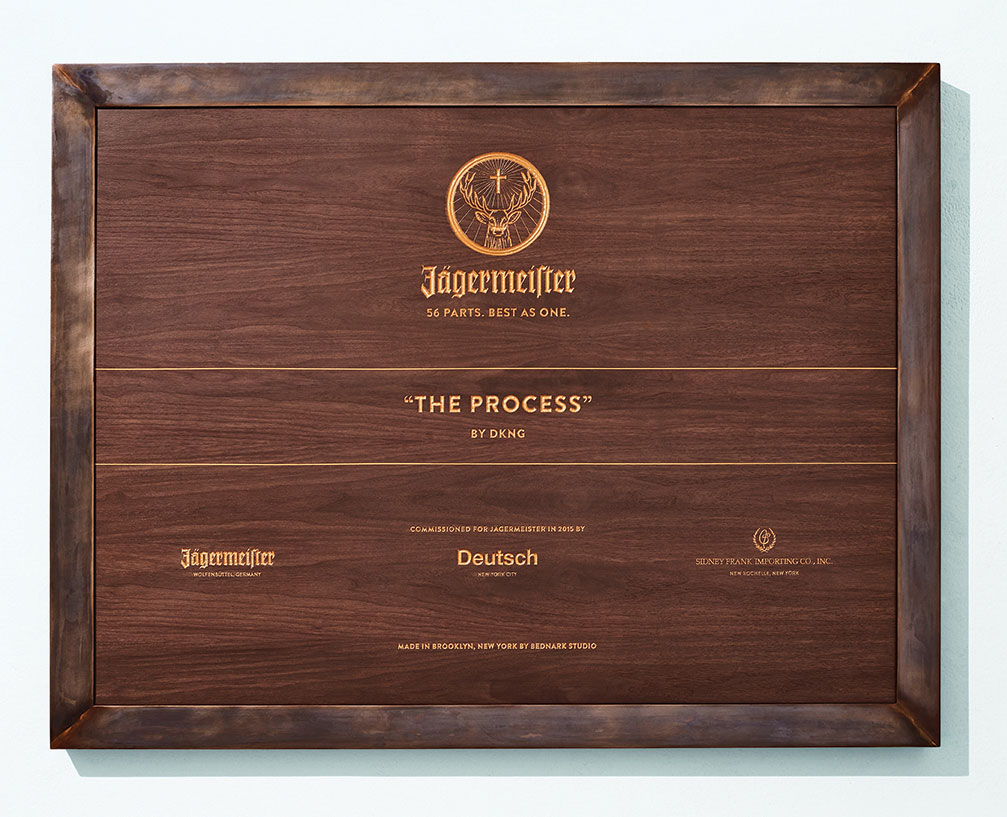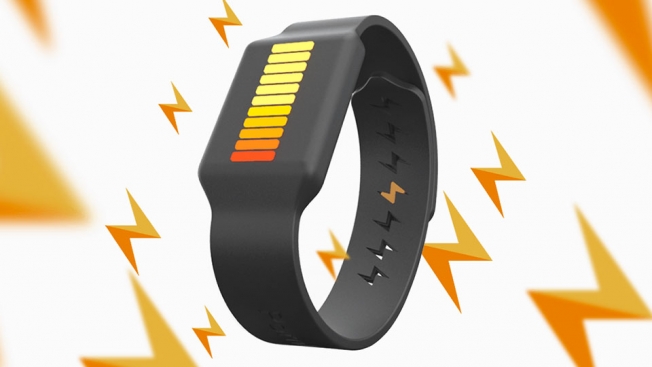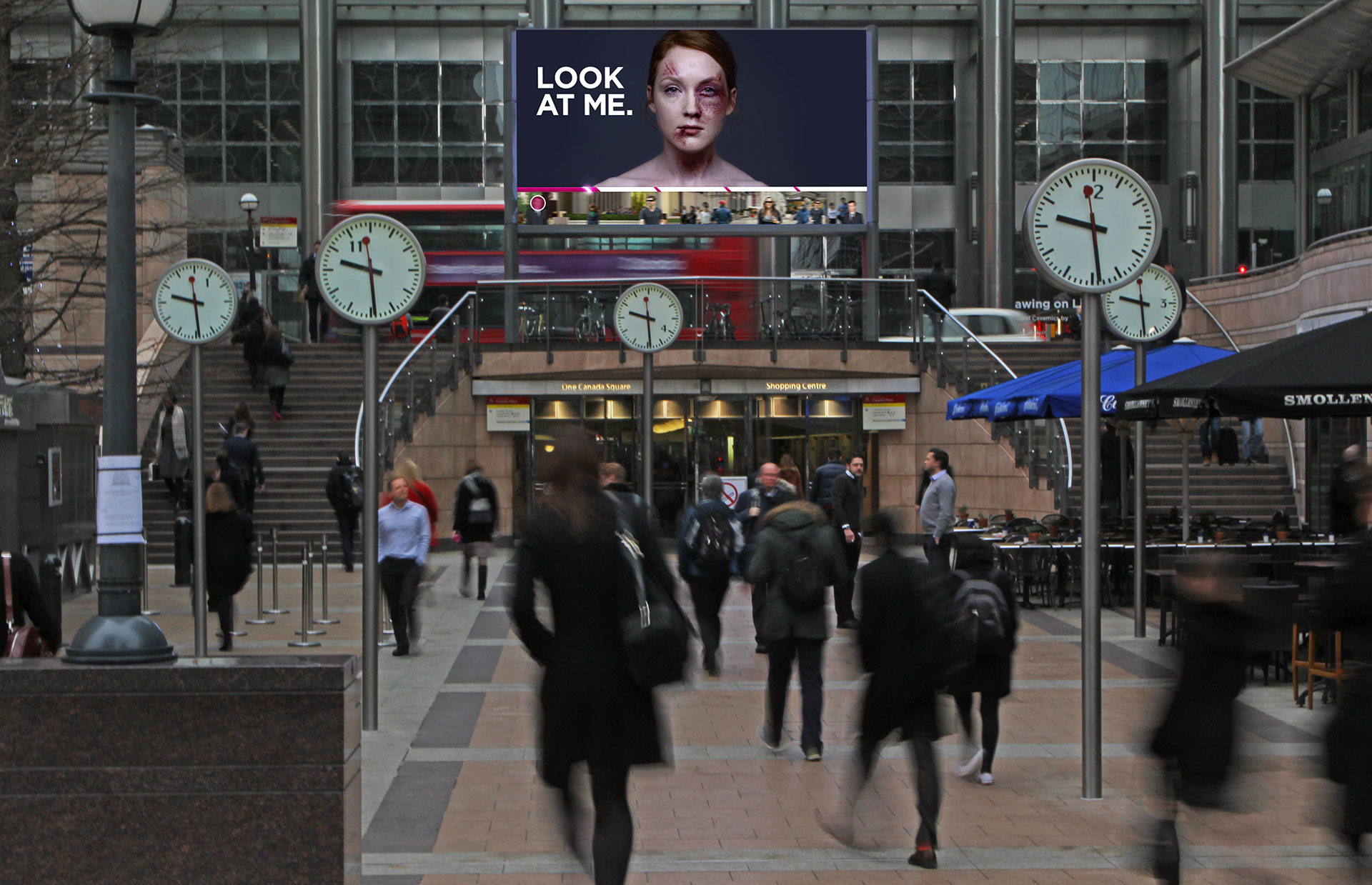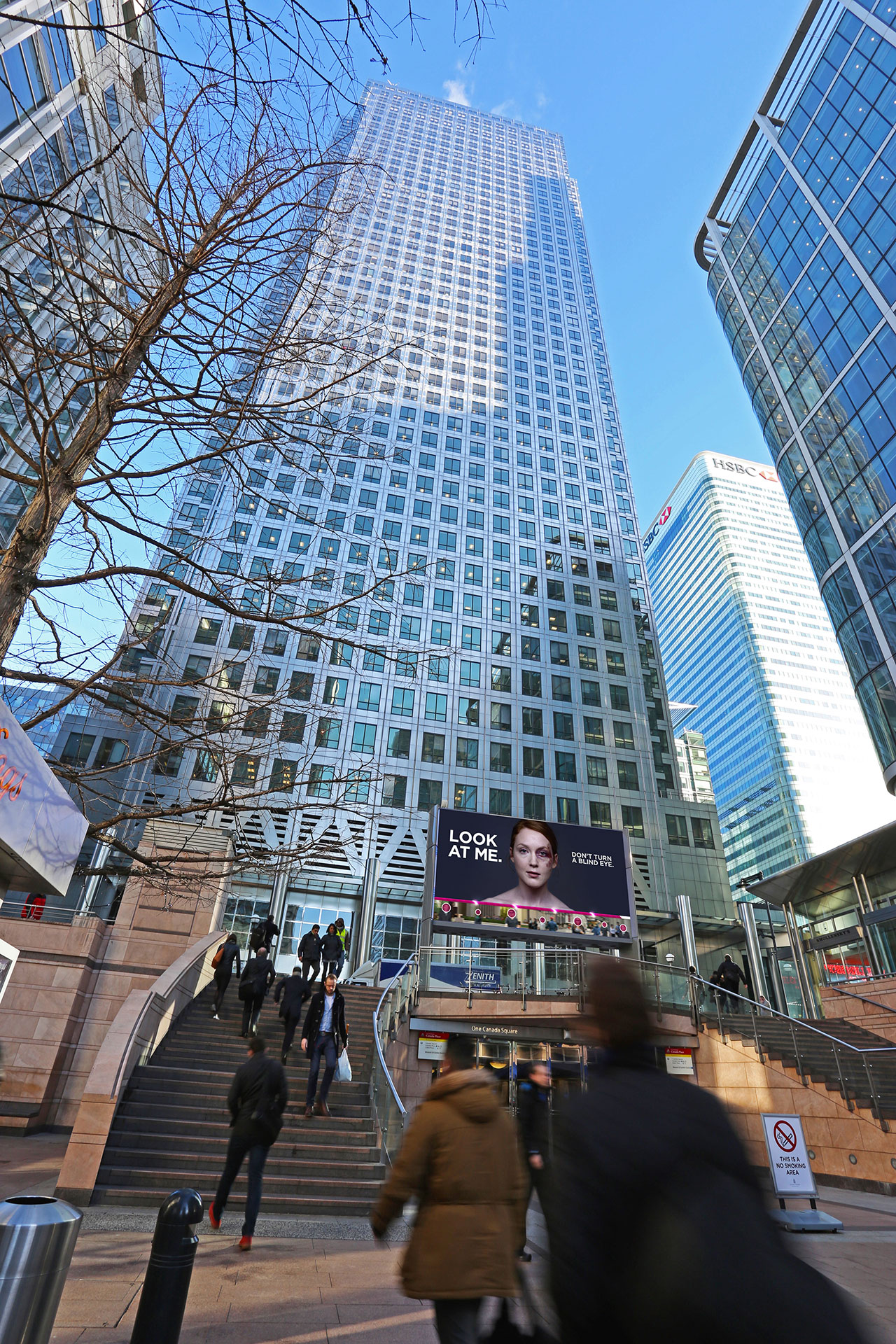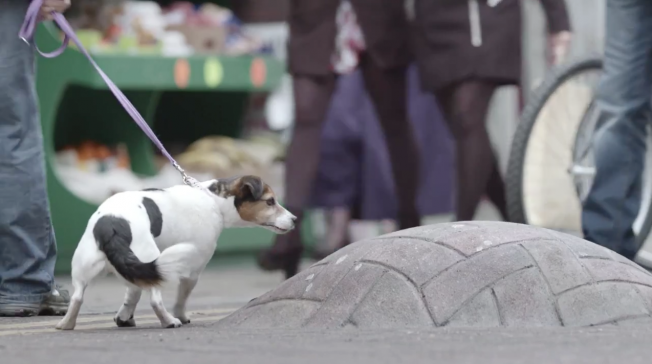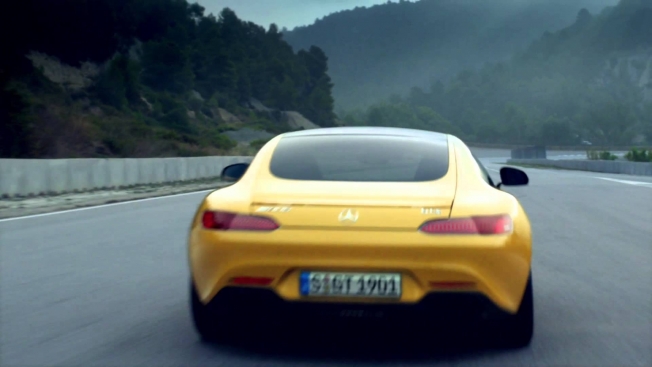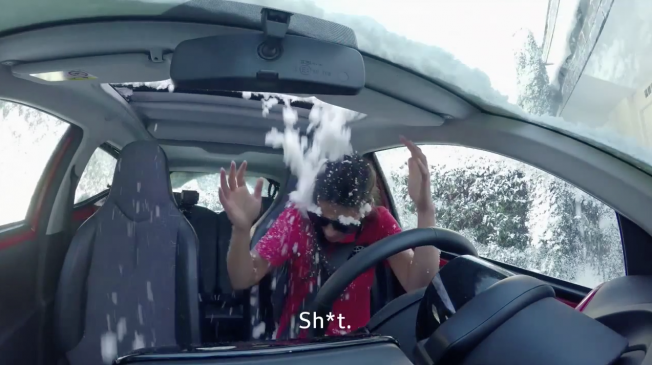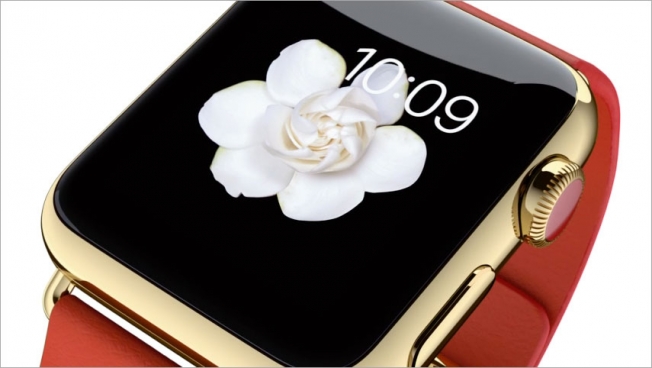![]()
Earlier this winter I joined several hundred investors at Helsinki's annual Slush event, which started in 2008 as a cozy gathering of Nordic entrepreneurs and has since grown into a leading conference of its kind in Europe, drawing 14,000 participants and, this year, a keynote from Chinese vice premier Wang Yang.
It's impossible to spend time in Finland without considering the importance of mobile—Nokia is headquartered there, of course, as are Rovio and the more recent gaming juggernaut Supercell. From a global perspective, to say that mobile devices are disrupting the digital media landscape grossly understates the case. We are witnessing a major shift in how billions of people connect to the Internet, consume media and interact with each other. More time is spent in mobile apps than on all of the Web, and the smartphone industry already dwarfs the PC sector.
Indeed, mobile modes of consumption are ubiquitous across many cultures; just one train ride in New York, Beijing, or Berlin will quickly prove that, when it comes to staring at and touching small screens, we're all pretty much the same.
To date, the most common way to gauge the impact of this phenomenon has been to measure the amount of media consumed by device type—hours of YouTube videos watched, Pandora stations streamed—as well as the corresponding mobile revenue of certain media properties like Facebook.
Less noted, but equally significant, are the changes being wrought by mobile modes of production. When it comes to media or content, many people still consider the smartphone to be the younger, peskier cousin of the desktop, inheriting all of its innovations of the past two decades, while still stubbornly resisting large-scale advertising. In fact, the opposite is true. These days, mobile often leads the charge, with smartphones and tablets serving as the test bed for experimentation in user experience. And mobile innovations are now often driving change on desktops. Here are four examples to consider.
Website architecture and design: The dominance of the Visual Web as a design metaphor is reflected in every major website redesign of the past year—from MarthaStewart.com to Weather.com—and owes its rise to the mobile camera. Never before in history has it been so easy to create and share high-resolution photos, and it is no accident that websites become less text-heavy and more image-rich at the same time high-quality images became easier and cheaper to create.
Additionally, many media properties are finally embracing responsive design and some, like Quartz, are bringing mobile idioms—single-column scrolls with Twitter card types of functionality—into the architecture of their desktop sites.
Native advertising: They say every new medium borrows the advertising formats of the past. That has certainly been true in mobile advertising, as anyone who has ever mistakenly clicked on a scrunched, illegible, resized 320x50 banner can attest. But as it became clear that ad adjacencies were often nonexistent on small screens, Facebook, Twitter and others created noninterruptive in-feed units, growing their mobile revenue famously in the process. Some desktop sites, like Quartz and BuzzFeed, now avoid standard IAB placements altogether in favor of units integrated within content. And a new AdTech cottage industry of native advertising platforms has arisen, including standouts like TripleLift and AdsNative.
Push media: When Oracle's Responsys group acquired mobile push notification company Push IO last year, it noted that "while push notifications are primarily delivered over mobile devices today … marketers will soon deliver push notifications through Web browsers, gaming devices and entertainment systems." Push notifications are the newest channel under the categories of direct marketing and CRM. According to the founders at Roost, a recent graduate of the Y Combinator accelerator program, Web push is clearly superior to both email and SMS, with higher opt-in rates, lower price points and more sophisticated analytics.
Survey data: Not necessarily the sexiest area of media, surveys and panels have nonetheless formed the backbone of major media research companies such as Nielsen and SurveyMonkey. But in a world in which the average person consults his or her smartphone 150 times per day, there is diminishing patience for the long-form survey. Startups like Wedgies and Polar (now part of Google) bring a BuzzFeed-like sensibility to an old format, turning surveys into interactive content and capturing massive amounts of user data in the process.
Over the coming years, as an additional 1 billion people come online through smartphones, digital will come to mean mobile, and mobile will continue to drive innovation in ways we've only begun to imagine.
Josh Engroff (@jengroff) is managing partner of kbs+ Ventures and chief digital media officer at The Media Kitchen.
